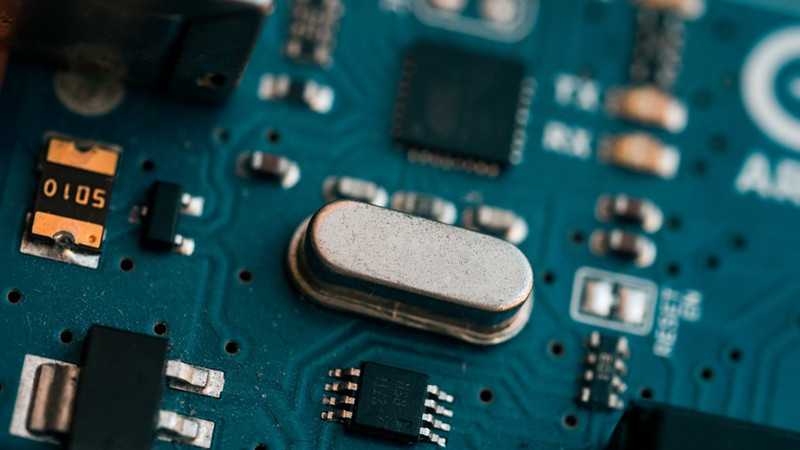The History of Transistors
A transistor is a semiconductor that typically has at least three terminals that can be connected to a circuit. Typically, one of the terminals is responsible for controlling the current through the other two terminals, which allows fast switching in digital circuits.

Before transistors, this fast circuit switching was done using thermionic valves, often referred to as old-fashioned vacuum tubes.
These vacuum tube triodes are much larger than transistors and require more power to operate. Unlike transistors, they are not “solid-state” components, which means they can fail during normal operation because they rely on the movement of electrons flowing inside the tube to conduct electron current.
This means that vacuum tube-based electronics are bulky, hot and expensive to run, as they require regular maintenance to replace a tube that fails for some reason, bringing the entire electronic machine to a standstill.
The transistor was “invented” at AT&T’s Bell Labs by John Bardeen and Walter Houser Brattain under the supervision of William Shockley. Although the concept of the transistor had been around for about 20 years before that — it wasn’t until Bell Labs completed the work that a working model of the transistor was built. Shockley improved on the 1948 bipolar junction transistor on a 1947 design, and it was this implementation that first entered mass production in the 1950s.
The next big leap was silicon surface passivation, which allowed silicon to replace germanium as the semiconductor material for transistors and later for integrated circuits.
In November 1959, Mohamed Atalla and Dawon Kahng of Bell Labs invented the metal-oxide-semiconductor field-effect transistor (MOSFET), which consumed far less energy and was more scalable than Shockley’s bipolar junction transistor.
The MOSFET is still the primary transistor in use today and, as a single unit, is the most manufactured device in human history. As MOSFETs can be made smaller and smaller, more and more transistors can be fabricated into integrated circuits, enabling increasingly complex logic operations.
By 1973, William C. Hittinger, executive vice president of research and engineering at RCA, boasted that “more than 10,000 electronic components were placed on a silicon ‘chip’ only a few millimeters wide.” Today’s transistor densities far exceed these early advances by orders of magnitude.
Cheersonic is the leading developer and manufacturer of ultrasonic coating systems for applying precise, thin film coatings to protect, strengthen or smooth surfaces on parts and components for the microelectronics/electronics, alternative energy, medical and industrial markets, including specialized glass applications in construction and automotive.

